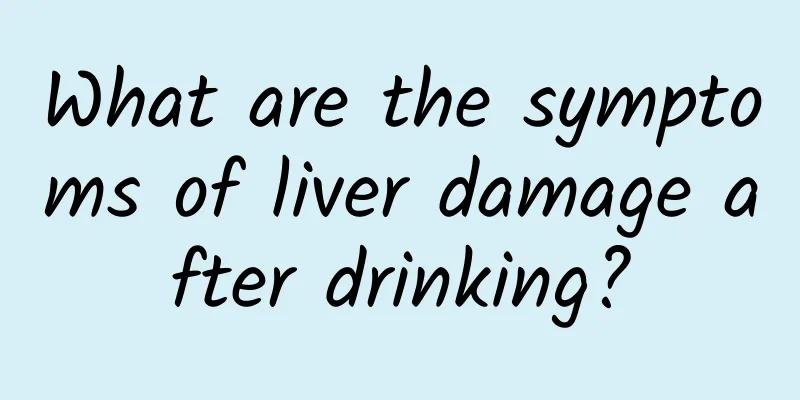What is the best way to treat human infection with Salmonella?

|
Salmonella is a relatively common fungus that has a certain harmful effect on people's health. It is an unhealthy bacteria. People must actively prevent it in their lives. If a person is infected with Salmonella, it will pose a threat to health and cause the patient to experience various uncomfortable symptoms. Therefore, it must be treated in time after infection. Let's take a look at how to better treat people infected with Salmonella? Salmonella has a wide range of hosts in nature. A few Salmonella are selective in their hosts, but the vast majority are adaptable to both humans and animals and can live in the gastrointestinal tract of mammals, reptiles, birds, insects and humans. The infection rate in a wide variety of domestic and wild animals is above 1% to 20%. Salmonella belongs to the Enterobacteriaceae family and can cause a variety of syndromes such as gastroenteritis, typhoid fever, sepsis and extraintestinal focal infections, collectively known as Salmonella infection (i.e. Salmonellosis). ⑴Symptomatic treatment Patients with gastroenteritis should focus on maintaining water and electrolyte balance, supplemented by necessary symptomatic treatment. Mild and moderate water loss can be treated with oral glucose-electrolyte solution, while severe water loss requires intravenous rehydration, and oral rehydration can be used after the condition improves. Active treatment should be given to the elderly, young or weak. Those with severe poisoning symptoms and circulatory failure should pay attention to maintaining effective blood volume. Adrenal cortex hormones can be used when necessary. Abdominal pain and diarrhea can often be significantly improved after fasting. For severe patients, anti-secretory drugs such as berberine, chlorpromazine, propranolol, calcium gluconate, and indomethacin can be tried. Antispasmodics are best used for short periods of time. ⑵Treatment against pathogens For patients with uncomplicated gastroenteritis, there is no need to use antibiotics. Because the use of antibiotics does not shorten the course of the patient's illness, but instead promotes the production of drug-resistant strains in the intestines, prolongs the time of bacterial excretion, and creates difficulties in treatment. In the past, chloramphenicol, co-trimoxazole, ampicillin or amoxicillin were generally used to treat Salmonella infections, and the fever usually subsided within 4 to 6 days after taking the medicine. However, some patients may relapse, but the drug is still effective after re-administration. In recent years, the phenomenon of pathogen resistance has continued to increase, so it is best to refer to the drug sensitivity results to select appropriate antibiotics. At present, the third-generation fluoroquinolone antibiotics and third-generation cephalosporins, such as ciprofloxacin, ofloxacin, lomefloxacin, and imipenem, are commonly used in clinical practice and often have good therapeutic effects. |
<<: Breast pain when baby is breastfeeding
>>: What medicine is good for Gram-negative bacteria?
Recommend
How to identify Cordyceps sinensis
Cordyceps sinensis is a Chinese herbal medicine, ...
Sinus bradycardia T wave changes
There are many reasons for sinus bradycardia. No ...
Pericardiocentesis site
Pericardiocentesis is a common examination and tr...
What is the disease of sweating after drinking?
Drinking is not something many people are very wi...
What are the symptoms of baby colic during confinement?
Although colic is not a disease, it can cause tem...
Difference between urticaria and rubella
The skin is the largest organ in our human body. ...
Can I get my eyebrows tattooed during my period?
Menstruation is a special period for women. If yo...
How to make handmade hot and sour noodles
Hot and sour noodles originated in Chongqing and ...
How big is an early stage bladder tumor?
Bladder tumor is also a relatively common tumor, ...
Is lying prone good for lumbar disc herniation?
Sleeping on your stomach can indeed relieve lumba...
Encephalitis causes convulsions, these three are the most common symptoms!
Encephalitis is particularly prone to occur in ch...
What does mental disorder mean?
Mental disorder refers to a disorder in brain act...
What to do after formaldehyde poisoning
At present, there is a substance called formaldeh...
What to do when you feel numb all over when sleeping
If you feel numbness all over your body while sle...
What is the best thing to apply to a child's skin?
Children are naturally playful and like to be act...









